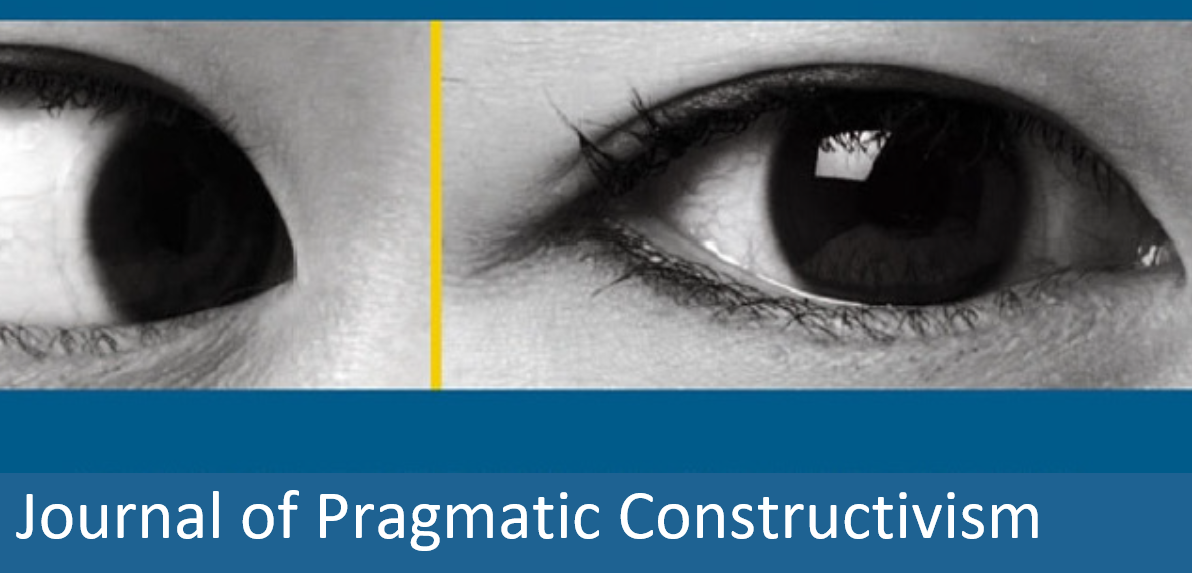A framework for conceptualizing data properties as input to the construction of facts
Abstract
Data-related literature is permeated with fuzzy, multi-dimensional and ill-defined concepts like big data leading to low
theoretical or practical usability to actors trying to succeed in an increasingly complex data environment. To
successfully construct facts from data, a data language is needed which instead is grounded in well-established, precise
and unambiguous concepts and terminologies. To contribute to this objective, this conceptual study works out the
multiple data characteristics described in literature to clearly define those, to set unambiguous label names (data classes)
for them, and to classify them into data dimensions representing specific meta-perspectives relevant to actors. By
reviewing a wide array of data-related literature and the use of five classification principles, 63 data classes and 23 data
dimensions have been identified. They have, sometimes in detail, been discussed, labelled and defined using the three
dimensions of meaning from pragmatic constructivism, and they have been located inside a data value model which
illustrates the key processes between a measured phenomenon and data practices. The resulting classification
framework provides a shared understanding of universal data concepts and contributes to a more unambiguous data
language in theory and practice.
Downloads
Published
How to Cite
Issue
Section
License
Previous and future use of the work
Journal of Pragmatic Constructivism assumes the non-exclusive rights to publish and store the work of its authors, once they have consented to a publication. Since the rights to publish are non-exclusive, authors are free to further develop their work and to publish it in other media. Hence, it is explicitly allowed that works submitted to Journal of Pragmatic Constructivism may be published in a somehow similar, but further deveoped, form in other media. Yet, submitting authors warrant that the work is not an infringement of any existing copyright and will indemnify the publisher against any breach of such warranty.
Permissions
By submitting work to Journal of Pragmatic Constructivism, the authors declare that they have permission to use any content that has not been created by them. Specifically, when using tables, figures or excerpts of more than 400 words, it is expected that the authors…
- …obtain written permission of copyright for the use in print and electronic formats of any of their text, illustrations, graphics, or other material, in their work. This includes any minor adaptations.
- …acknowledge the original source in captions and in the reference list.





